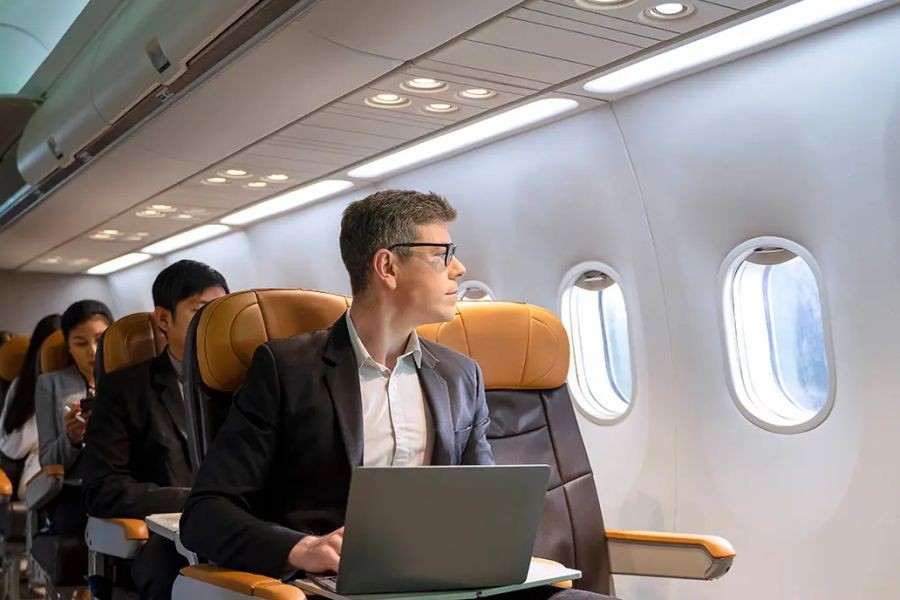As Australia continues to position itself as a leader in technological innovation and efficiency, the question of whether its border security will become fully automated is gaining momentum. This shift towards automation is not just a question of technological capability but also of economic viability, security efficacy, and societal acceptance. Given the rapid advancements in artificial intelligence (AI) and robotics globally, the integration of these technologies into border security is inevitable. But the critical question remains: how will this transition impact Australia's economy, security, and policies?
Understanding the Need for Automation in Border Security
Australia's geographic isolation presents unique challenges and opportunities for border security. With over 25,000 kilometers of coastline and numerous international airports, the sheer volume of people and goods crossing the borders necessitates a robust and efficient security system. The Australian Border Force (ABF) has reported an increase in passenger arrivals, with over 20 million international visitors in 2019 alone. This trend underscores the need for enhanced security measures that can handle increasing demands without compromising security.
The Economic Implications of Automation
From an economic perspective, automation offers several benefits. According to a report by the Australian Bureau of Statistics (ABS), automation in border security could potentially reduce operational costs by up to 30%. This cost reduction stems from decreased reliance on manual labor and increased efficiency in processing times. Moreover, automation could enhance Australia's competitive edge in global trade by ensuring faster and more reliable customs clearance.
However, the transition to automation is not without its challenges. The initial investment in technology and infrastructure can be substantial. The Treasury AU highlights that the return on investment for such technologies can take several years to materialize, depending on the scale and scope of implementation. Nevertheless, the long-term economic benefits, such as enhanced trade facilitation and reduced smuggling activities, often outweigh the initial costs.
Case Study: SmartGates at Australian Airports
The implementation of SmartGates at major Australian airports serves as a successful example of automation in action. SmartGates use facial recognition technology to verify the identity of travelers, significantly reducing the time taken for passport control. According to the Department of Home Affairs, this system has cut processing times by 25% and increased passenger throughput, demonstrating the potential efficiency gains from automation.
Problem: Traditional passport controls were time-consuming, leading to long queues and delays.
Action: The introduction of SmartGates with advanced facial recognition technology.
Result: Processing times reduced by 25%, enhancing passenger experience and allowing for better allocation of security personnel.
Takeaway: Automation in border control can lead to significant efficiency gains and improved customer satisfaction.
Regulatory Considerations and Challenges
The move towards automation in border security must navigate a complex regulatory landscape. The Australian Competition & Consumer Commission (ACCC) plays a crucial role in ensuring that such technologies comply with privacy and consumer protection laws. The use of biometric data, for instance, raises significant privacy concerns. The ACCC emphasizes the need for robust data protection measures to prevent unauthorized access and misuse of personal information.
Moreover, the Australian Prudential Regulation Authority (APRA) highlights the importance of ensuring that automated systems are resilient to cyber threats. As border security systems become increasingly reliant on technology, the risk of cyber-attacks becomes more pronounced. Therefore, a comprehensive cybersecurity framework is essential to safeguard the integrity of border operations.
Global Trends and Their Application to Australia
Globally, countries like Singapore and the United States are leading the way in border automation. Singapore's Changi Airport, for instance, uses a fully automated immigration clearance system that integrates AI and biometric technologies. This system has not only streamlined border processes but also enhanced security by reducing human error.
The success of such systems provides valuable insights for Australia. By adopting similar technologies, Australia can enhance its border security while ensuring seamless travel experiences. However, the implementation must be tailored to Australia's unique context, taking into account its vast geography and diverse entry points.
Pros and Cons of Fully Automated Border Security
✅ Pros:
- Increased Efficiency: Automation significantly reduces processing times at borders.
- Cost Savings: Long-term reduction in operational costs by up to 30% (Source: ABS).
- Enhanced Security: Reduced human error and improved detection of illegal activities.
- Improved Passenger Experience: Faster processing times lead to higher customer satisfaction.
❌ Cons:
- High Initial Costs: Significant investment required for technology and infrastructure.
- Privacy Concerns: Increased use of biometric data raises privacy issues.
- Cybersecurity Risks: Greater reliance on technology increases vulnerability to cyber-attacks.
- Job Displacement: Potential reduction in manpower leading to employment concerns.
Myths and Misconceptions
Myth 1: Automation Will Lead to Job Losses
Reality: While automation may reduce the need for certain manual tasks, it also creates new opportunities for skilled jobs in technology and system maintenance.
Myth 2: Automated Systems Are Infallible
Reality: Automated systems can still be susceptible to errors and cyber threats, necessitating robust oversight and security measures.
Myth 3: Automation Is Too Expensive to Implement
Reality: Although the initial investment is high, the long-term cost savings and efficiency gains can justify the expenditure.
Future Trends and Predictions
Looking ahead, the future of border security in Australia is likely to be shaped by advancements in AI, machine learning, and biometric technologies. By 2028, it is predicted that over 70% of Australia's border control processes will be automated, significantly enhancing security and efficiency. The integration of blockchain technology could further streamline customs processes by providing a secure and transparent method for tracking goods and verifying transactions.
Moreover, as Australia continues to strengthen its trade ties with Asia, automation will play a crucial role in facilitating smoother and faster trade flows. This could lead to increased economic growth and stronger international partnerships.
Conclusion and Call to Action
As Australia navigates the path towards fully automated border security, it is essential to balance technological advancements with ethical considerations and regulatory compliance. The benefits of automation are clear, but they must be weighed against potential risks and challenges. As an aged care specialist, staying informed about these technological shifts is crucial, as they have far-reaching implications for Australia's economy and society.
To stay ahead in this rapidly evolving landscape, consider joining discussions on platforms like LinkedIn AU and engaging with industry experts. Share your thoughts and insights on how automation could shape the future of Australia's border security in the comments below!
People Also Ask (FAQ)
- How does automation impact Australia's border security? Automation enhances efficiency and security by reducing processing times and human error, offering cost savings and improved passenger experiences.
- What are the biggest misconceptions about automated border security? A common myth is that automation will lead to job losses, but it creates new opportunities in tech and system maintenance.
- What are the best strategies for implementing automation in border security? Experts recommend starting with pilot programs, ensuring regulatory compliance, and investing in robust cybersecurity measures.
Related Search Queries
- Automation in border security Australia
- SmartGates at Australian airports
- Future of AI in border control
- Cybersecurity in automated systems
- Privacy concerns in biometric data
- Cost-benefit analysis of automation
- Job impacts of automation in Australia
- Blockchain in customs processes
- AI and machine learning in border security
- Economic implications of automated border control





























